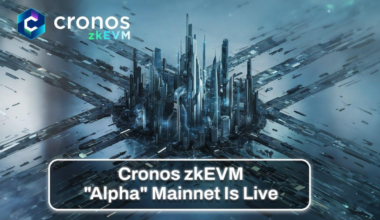PEPE, a meme-based token inspired by the Pepe the Frog meme, has experienced a significant price decline of 78% from its May 2023 peaks.
However, while the token’s value has dropped, the number of token holders continues to rise. According to Etherscan data as of June 19, there are now 119,229 unique addresses holding the PEPE token, indicating sustained interest and accumulation by users.
After its launch in late April 2023, PEPE gained recognition as a meme coin and witnessed rapid price growth. This surge, fueled by the popularity of meme coin culture, propelled PEPE into the top 100 cryptocurrencies by market capitalization.
As of June 19, PEPE currently occupies the 89th position with a market cap of $364,936,703, as reported by CoinMarketCap. Despite the substantial price decline, PEPE’s market position reflects its significance within the crypto market.
In the cryptocurrency industry, the number of token holders often serves as a gauge of interest and adoption. Higher token holder counts suggest strong community support, which can contribute to the success of a project.
Additionally, it can indicate the level of utility and adoption within the ecosystem. While tokens like USDT have a high token holder count due to their role in decentralized finance (DeFi) and remittance, PEPE’s holders primarily engage in speculative activities, as the token has no intrinsic value or utility.
PEPE is an ERC-20 token built on the Ethereum blockchain and can be purchased on various platforms such as Binance, KuCoin, and Uniswap.
Furthermore, derivatives of the token have been listed on multiple cryptocurrency exchanges, including Binance, which supports PEPE on its Innovation Zone and offers perpetual futures for trading since early May 2023.
Amid increasing regulatory scrutiny, Binance recently announced its decision to delist PEPE as a borrowable asset from its Flexible Loan program.
The delisting will take effect on June 21, and any open PEPE loan holdings will be canceled. This move aligns with Binance’s response to evolving regulatory requirements.



